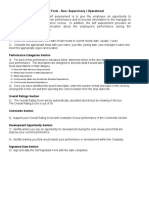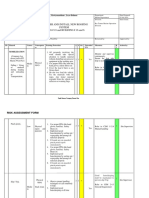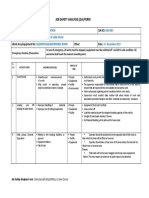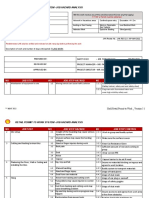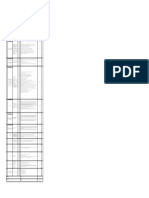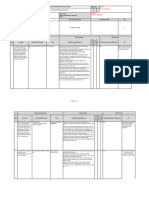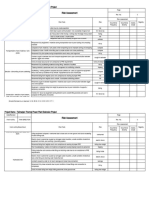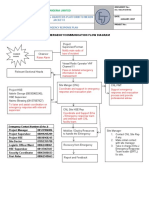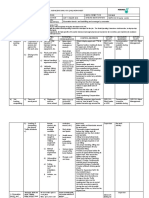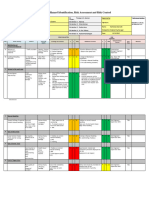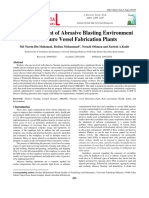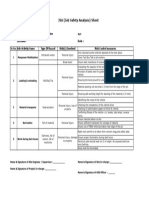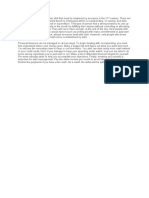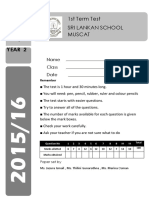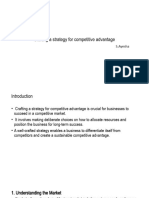0% found this document useful (0 votes)
2K views4 pagesReport of Unsafe Acts and Conditions Description: Robert I. Carr, PH.D., P.E
The document describes a report form for recording unsafe acts and conditions found on construction sites. The report includes fields to describe the location, potential accident or injury, number affected, seriousness, cause, source, recommended fix, and actual fix. The report can be used by anyone involved in construction to document and address safety issues.
Uploaded by
adamCopyright
© © All Rights Reserved
We take content rights seriously. If you suspect this is your content, claim it here.
Available Formats
Download as PDF, TXT or read online on Scribd
0% found this document useful (0 votes)
2K views4 pagesReport of Unsafe Acts and Conditions Description: Robert I. Carr, PH.D., P.E
The document describes a report form for recording unsafe acts and conditions found on construction sites. The report includes fields to describe the location, potential accident or injury, number affected, seriousness, cause, source, recommended fix, and actual fix. The report can be used by anyone involved in construction to document and address safety issues.
Uploaded by
adamCopyright
© © All Rights Reserved
We take content rights seriously. If you suspect this is your content, claim it here.
Available Formats
Download as PDF, TXT or read online on Scribd
/ 4


